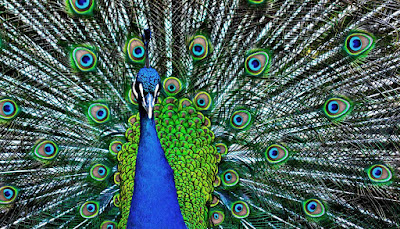HOW DO BLIND PEOPLE LEARN WHAT ANIMALS LOOK LIKE?
Grownups birthed blind have abundant understanding right into what pets they've never ever seen such as hippos and sharks appear like, a brand-new study discovers.
"First-person experience isn't the just way to develop an abundant understanding of the globe about us," says corresponding writer Judy Kim, a doctoral prospect at Johns Hopkins College. "Basically, the question is, how do we understand what we understand?"
Game Tembak Ikan Dengan Deposit
While some previous research has revealed that blind individuals do have knowledge of points such as light and color, scientists still have little understanding of what blind individuals know about look and how they learn such information. Some studies recommend that individuals birthed blind remember spoken facts, such as "flamingos are pink," so the research group wanted to investigate further.
"Individuals often have the instinct that we can't know what we can't see," says Kim.
The scientists provided 20 blind and 20 spotted grownups with pet names and asked individuals to: purchase pets by dimension (tiniest to biggest) and elevation (shortest to tallest); sort pets right into teams based upon form, skin structure, and color; pick which pet from a team is unlike the others fit, and choose from various structure options ("Does a hippo have feathers, hair, skin, or ranges?").
Overall, blind and spotted individuals organized pets in comparable ways and settled on which physical features were probably to be observed within pet teams. For instance, blind and spotted individuals evaluated that dolphins are comparable fit to sharks and sloths are comparable in structure to grizzlies. Fifteen from 20 blind and 19 from 20 spotted individuals evaluated elephants to be larger compared to rhinos. But the teams also revealed some distinctions.
"…LINGUISTIC COMMUNICATION CAN GIVE US RICH AND ACCURATE KNOWLEDGE, EVEN KNOWLEDGE THAT AT FIRST GLANCE SEEMS ‘VISUAL.'"
As opposed to the idea that blind individuals find out about pet look from spotted people's summaries of what pets appear like, blind and spotted individuals disagreed most about the measurement that was easiest for spotted individuals to explain in words: pet color.
Spotted individuals produced teams for white, pink, black, black and white, brownish, and grey pets, and they easily identified these teams inning accordance with their primary shades. By comparison, spotted individuals had a difficult time verbally explaining their form groupings; they used many words and didn't concur with each various other. Nonetheless, blind individuals produced comparable form teams to the spotted but didn't make consistent color teams.


